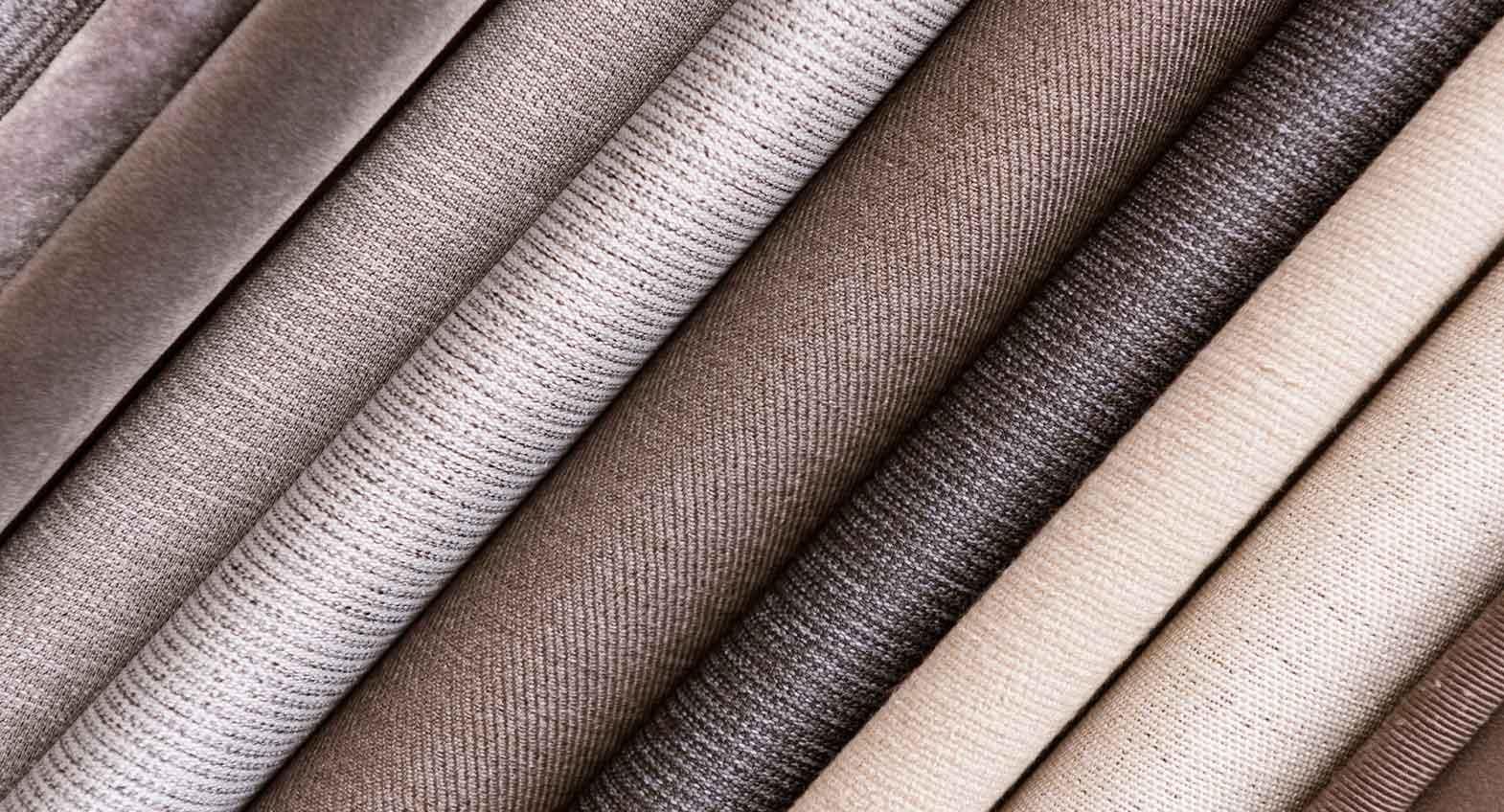The focus of the textile industry and also the furnishing industry has shifted from the expensive fabrics to the ones that are comparatively affordable, but are rich in appearance. Chenille fabric is one such option, which reflects opulence and is characterized by durability if appropriately taken care of. The fabric derives its name from its manufacturing process. The shimmer and shine are credited not to gleaming fibers, but to the manufacturing process of the fabric. The end product has a velvety texture.
The fabric is mainly made from cotton, but the use of acrylic, rayon, olefin, wool, and silk is also fairly common. The chenille fabric that uses one hundred percent combed cotton is used in scarves, blankets, towels, garments, washcloth, shawls, and throws. The combed cotton makes the fabric soft and rich. The cotton chenille yarn is good for crocheting, and garter or ripple stitch can be used to create perfect patterns. The chenille tapestry fabric is soft, sturdy, and aesthetically pleasing. It often has a close resemblance to Berber fleece, which is compared to fur. When used for the purpose of tapestry, the fabric grants soft luxury of wool and sturdiness of contemporary fibers like olefin.
In countries like India where the need for chenille yarn arises following the excessive home furnishing demand, the yarn or fabric are imported from Shanghai, Thailand, etc. Also, some of the manufacturers in India also purchase used chenille yarn machines from neighboring countries like China to meet the rising demand for chenille fabric. Some companies in Turkey export chenille fabric to other countries like Germany, Swiss countries, Greece, Russia, Kuwait, Morocco, Azerbaijan, etc., and these companies are also among some of the top buyers of chenille yarn from other countries. Dalton, which is in Georgia, U.S.A. remains the chenille carpet capital of the world.
The demand for chenille fabrics has seen an upsurge in comparison to previous years. During the economic meltdown, several chenille manufacturers had to wind up their businesses following a financial meltdown in countries like the Middle East in the last few years. The chenille upholstery fabric demand decreased by 30 percent. Fortunately, with the European Union's economy on a revival course, the demand for chenille has also increased, following an equivalent rise in furniture and home furnishing businesses. Countries like Egypt and Syria are also recovering, and the requirement for chenille fabric has increased with the recovery of the home decor industry. Other countries like Romania are also exporting chenille yarn products, including clothing and footwear, to Western countries.
Also the stable prices of chenille products have ensured incorporation of chenille production by several existing textile industries. The cost of scrim felt and yarn is minimal, which creates a sizeable profit margin. The demand for logos made in chenille like the logos of standard sports teams or custom school logo mascots with personalization, is also consistent. There are opportunities available for fashion chenille products as well. The chain stitch in metallic threads and the moss stitch in softer, thinner yarns make a good fashion statement on flat goods, such as napkins, cloth, towels and table clothes.
Today the vintage chenille fabric - the cotton bedspreads with little tufts, which fell out of demand in the 1960s are also being explored again. Chenille fabrics are increasingly being used as part of sofa fabric. The variety of colours and the ability of the fabric to go with all sorts of decor are the factors that go in the favour of chenille. The bed spreads, quilts, robes, bed jackets and slippers are some of the popular chenille products. These apart, tapestries, wall hangings, drapes and rugs made from chenille tapestry fabric are one of the preferred choices of interior designers all around the world. The chenille upholstery fabrics provide shimmer similar to iridescent fibres, even though these fibres are not used in chenille fibres. The reflection of light on the fabric can change the look of a room drastically, adding a splash of varied colours or making the room appear subdued.
The upholstery domestic market including the chenille fabric in the U.S.A. alone is approximately $ 1.6 billion and there has been a remarkable rise in import of chenille fabric in the country. In fact, the sale of the fabric has seen a boost, following the goodwill it has earned among the manufacturers and consumers. The fabric's demand is growing out of necessity to include textiles in furnishings that are reliable, durable, inexpensive and rich. Fortunately, chenille fulfils all these requirements to the core.
References:
1. Ehow.com
2. Wikipedia.com
3. Ksxxtex.com
4. Infodeiveindia.com
5. Innovateus.net
6. Rscgoods.com








Comments